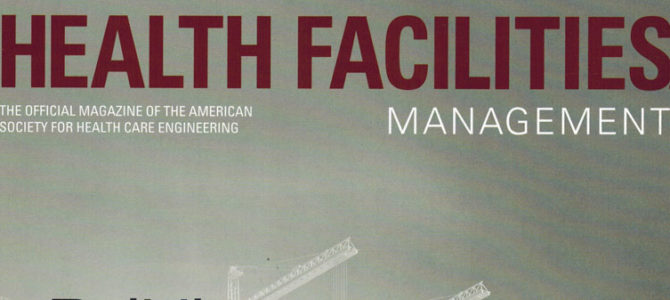Health Facilities Management Article – April 2020
_____________
There is an emerging compliance challenge surrounding the use of nitrous oxide being experienced in many hospitals. Specifically, safety officers and facility managers are finding that clinical services outside the operating room are offering patients the option of self-administering a 50/50 mix of nitrous oxide and oxygen for pain control. This portable system has been in use in hospitals in Europe for decades and only in recent years has been finding its way into U.S. hospitals. In the United States, it is primarily being used on maternity units in labor and delivery rooms, though it may also be found in emergency departments, pediatric spaces, obstetrics and gynecologic departments, and plastic surgery suites.
RESOURCES
It is important to note that these systems require the same level of risk assessment required in the surgical suite before implementation, and all environmental controls and monitoring practices must be followed. Specifically, a waste anesthesia gas disposal (WAGD) system must be employed in accordance with National Fire Protection Association’s NFPA, 99-2012 5.1.5.16. Special attention also must be paid to the ventilation system to ensure the requirements of the applicable ANSI/ASHRAE/ASHE Standard 170, Ventilation of Health Care Facilities, and Facility Guidelines Institute’s Guidelines are met. A properly engineered and maintained ventilation system when used in concert with an appropriate WAGD system helps ensure the potential staff exposure to this anesthesia gas is kept to a minimum.
Effective administrative and clinical work practices must be in place. Through an exposure monitoring system, the hospital must be able to demonstrate it is meeting the National Institute for Occupational Safety and Health-recommended exposure limit for nitrous oxide at 25 parts per million (time weighted average over time exposed). Initial and ongoing training must be provided to clinicians and support staff on hazard awareness and the specific roles of each person, including routine checks of all gas connections and scavenging systems prior to use.
With all the above in mind, facilities management leadership must ensure this new practice is safely managed. The American Society for Health Care Engineering has created a new tool for members that can be used to perform a risk assessment and develop a safety protocol around this new trend.
